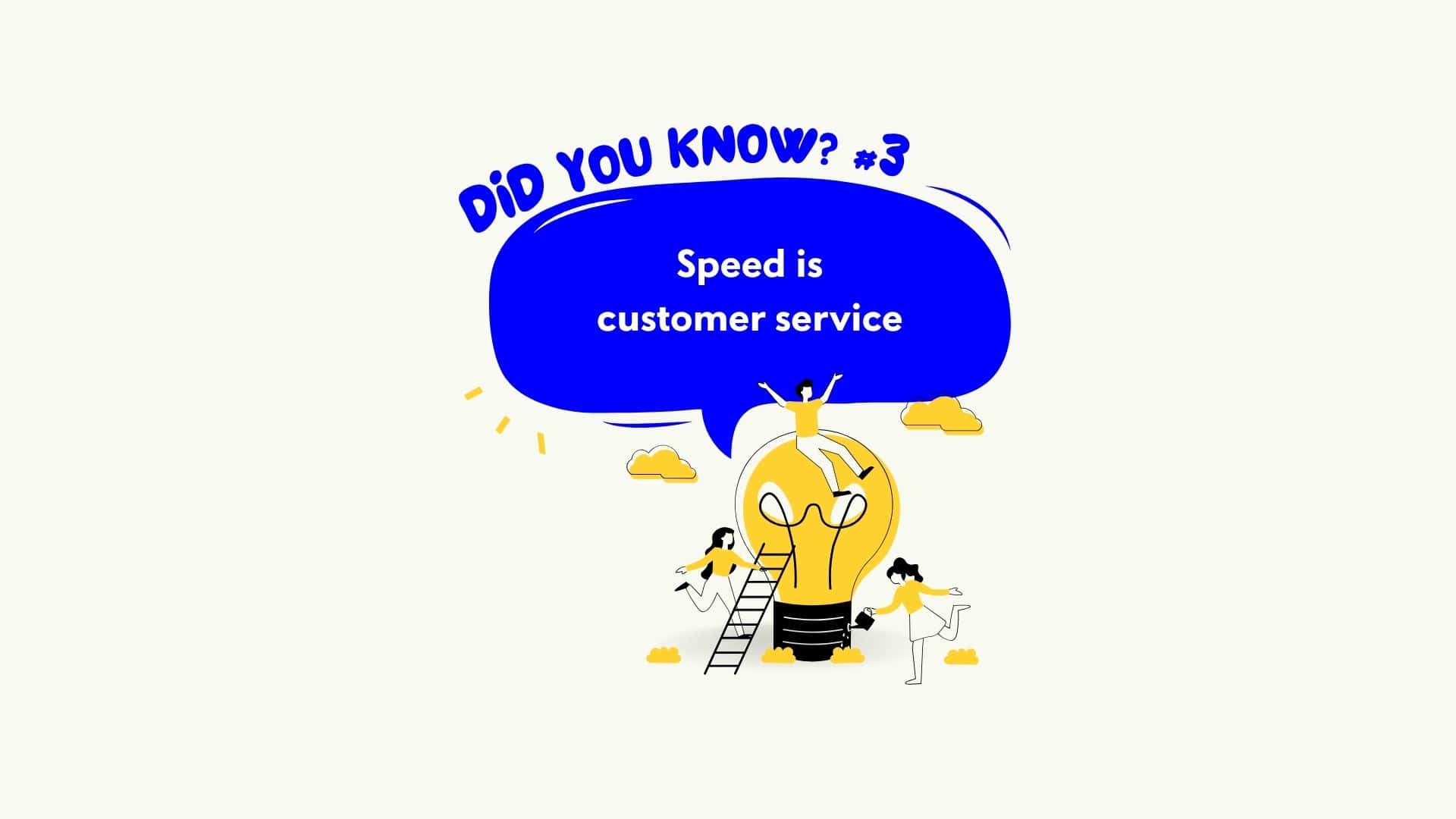It’s Halloween, and the scariest thing on your site isn’t a 404. It’s a slow first load.
When pages hesitate, visitors get spooked and disappear. Fast pages feel safe, professional and worth trusting.
People judge your brand by how fast your site feels. Slow feels risky. Fast feels professional. Page speed isn’t a technical extra. It is basic customer service online.
So let’s dive into why speed is customer service.
In plain English
Speed is a chain. Heavy images, slow hosting and too many third party scripts add up to delay. The fix is rarely a full rebuild. It is a handful of targeted tweaks that remove the biggest blockers first.
You will hear the term LCP. It stands for Largest Contentful Paint. In plain English, it is how long the main bit of your page takes to show. If the hero image or headline arrives quickly, people relax. If it drags, they doubt you before they read a word.
Design and copy still matter. But if your page does not appear fast on a real phone over a real connection, you are leaking trust and enquiries.
Why speed = trust
No one enjoys waiting. On mobile, a page that hesitates feels broken. Users bounce, even if the content is good. Fast sites feel safe. They invite clicks, form fills and calls because they get out of the way.
Think of speed like service in a shop. If someone greets you quickly and points you to what you need, you stay. If you stand around while staff rummage in the back, you leave. Your website is no different.
What good looks like
- Trim the heaviest image first. Find the biggest image on your homepage. Usually the hero. Resize it to the exact display size and compress it. This one change can make the page feel instant on mobile.
- Design for LCP. Make the main thing lightweight. Prefer text in HTML over text baked into images. Avoid loading non essential blocks before the core content is visible.
- Tame third party bloat. Audit tags and widgets. Defer chat tools, heatmaps, A/B testing and social embeds until after the first screen appears. If a script is not helping the first impression, it can wait.
- Pick sensible hosting. Use fast, stable hosting with caching and HTTPS. Keep your servers close to your audience. Bargain hosting often means slower response times when it matters most.
- Prioritise what matters. Preload the hero image and your primary font. Keep font files lean and limit variants.
- Measure like a human. Test on a real phone over 4G. If it does not feel quick, it is not quick. Tools help, but your user’s thumb is the judge.
60 second action
Open your homepage on your phone. Identify the largest image above the fold. Export it at the exact size it appears, compress it, and re upload. Re test on your phone. If the page now snaps in, you have just removed the biggest blocker. Ship that win today.
Results in practice
A service business came to us with a sharp design that felt sluggish. We did not redesign. We removed the weight. First we resized and compressed a 1.8 MB hero image to a 180 KB Web ready version. Then we delayed two scripts that were loading in the first screen but not needed there. We also turned on caching at the host. The page began to feel instant on mobile. Enquiry starts climbed because users could see and act without friction. Nothing flashy. Just respect for the visitor’s time.
Make speed part of maintenance
Treat performance like security updates: routine. Monthly pass to trim scripts, re-compress new images, review hosting/cache settings and sanity-check LCP on a real device. Small, regular work beats big, occasional overhauls.
FAQs
What is a good target for LCP?
Aim for the main content to appear in roughly two seconds on a typical mobile connection. Faster is better. Judge by feel as well as by tools.
Do I need to rebuild my site for speed?
Not usually. Start with images, scripts and hosting. Most wins come from those three.
What image format should I use?
Use modern formats where possible and always export at the exact display size. Huge source files slowed down in CSS still download in full.
For the curious
Want a practical way to find and order fixes across speed, UX and SEO basics? Read our Effective Website Audits guide for a simple process you can follow with your team.
Want a clear, prioritised speed plan without the jargon? Book a Technical SEO audit. We will find the biggest blockers, fix what matters first, and keep the changes simple.




